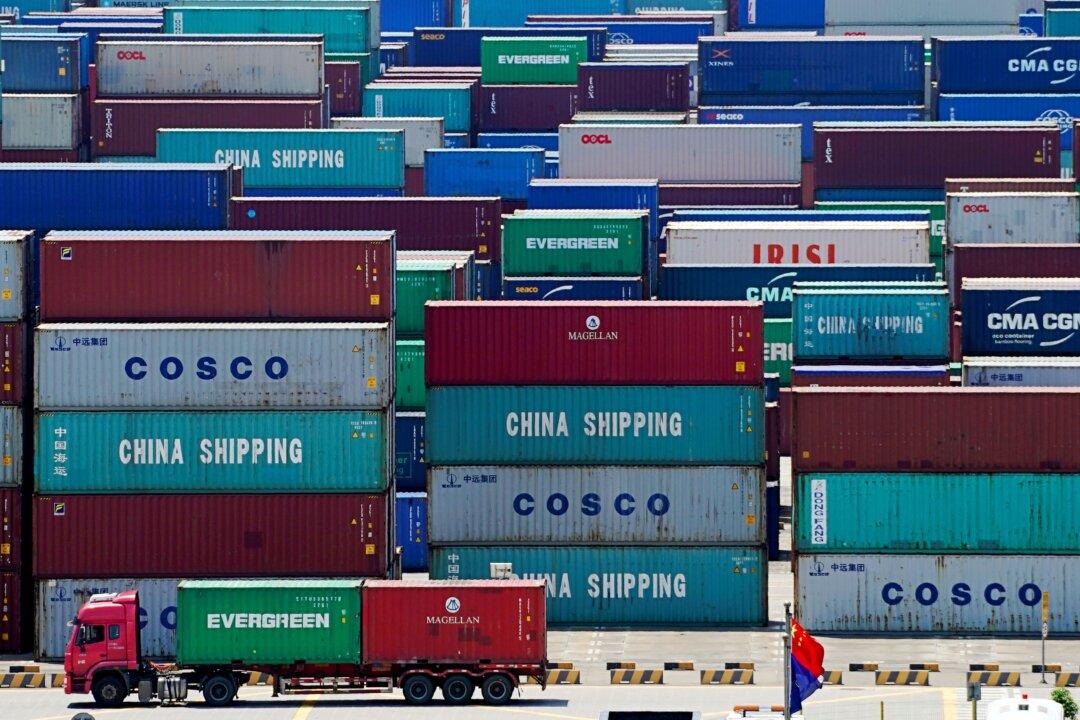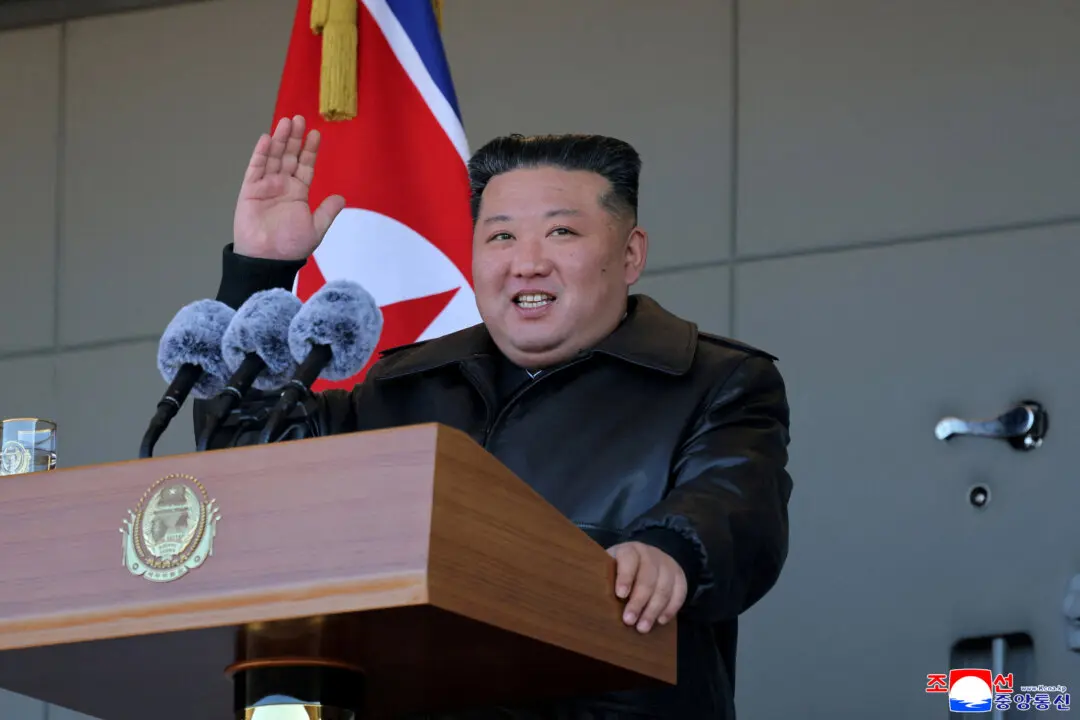BEIJING—China on Feb. 6 said it would halve additional tariffs levied against 1,717 U.S. goods last year, following the signing of a Phase 1 deal that brought a truce to a bruising trade war between the world’s two largest economies.
While the announcement reciprocates the U.S. commitment under the deal, it is also seen by analysts as a move by Beijing to boost confidence amid a coronavirus outbreak that has disrupted businesses and hit investor sentiment.





